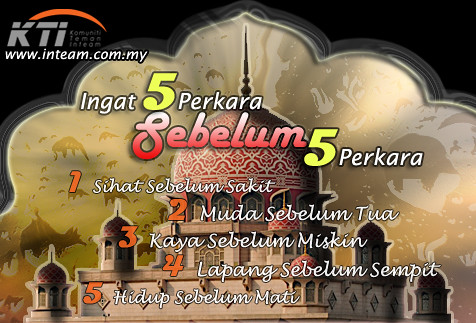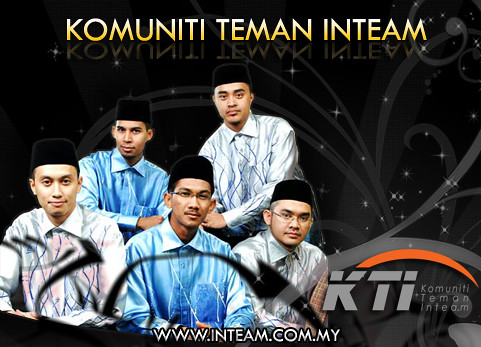 Jumaat lepas ana berpeluang mendengar khutbah dan menunaikan solat Jumaat berimamkan Sheikh Habib Umar dari Yaman yang merupakan keturunan Rasulullah S.A.W. Apabila dimaklumkan oleh saudara Rahim bahawa beliau akan menyampaikan khutbah di Masjid UIA Gombak, kami bergegas ke sana selepas menyelesaikan beberapa urusan pejabat.
Jumaat lepas ana berpeluang mendengar khutbah dan menunaikan solat Jumaat berimamkan Sheikh Habib Umar dari Yaman yang merupakan keturunan Rasulullah S.A.W. Apabila dimaklumkan oleh saudara Rahim bahawa beliau akan menyampaikan khutbah di Masjid UIA Gombak, kami bergegas ke sana selepas menyelesaikan beberapa urusan pejabat. Alhamdulillah, sampai awal, kami dapat menempah saf hampir dengan kedudukan Imam. Hati ana agak berdebar-debar kerana ingin berhadapan dengan seorang Ulama terkenal berdarah daging Rasulullah yang dirindui. Dari kisah-kisah yang ana dengar mengenai beliau, nyatalah beliau bukan calang-calang ulama.

Pintu mimbar terbuka dan muncullah seorang lelaki berwajah hitam manis yang kelihatan zuhud dan wara'. Salam diberi, menambah getaran di hati ini. Khutbah Jumaat yang disampaikan walaupun dalam bahasa arab, tidak mencetuskan sedikitpun rasa mengantuk di mata ana, bahkan mata dan hati ini sentiasa fokus pada setiap yang disampaikannya. Berbekalkan sedikit ilmu bahasa arab yang ana pelajari di sekolah menengah, dapatlah ana menangkap sedikit sebanyak apa yang disampaikannya. Flash kamera silih berganti, diikuti juga dengan beberapa jurugambar kamera video merakamkan khutbah yang disampaikan. Satu situasi yang agak berbeza ana dapat rasakan. Biasanya flash kamera hanya akan silih berganti jika yang ada didepan adalah artis popular.
Khutbah yang disampaikan kali ini ringkas tetapi cukup berkesan. Tajuknya berkenaan dengan Ikhlas. Antara isinya yang dikupas ialah berkenaan bahan bakar api neraka yang terdiri dari Ulama, Dermawan dan Syuhada' yang tidak ikhlas. Apabila dipersembahkan amalan mereka dihadapan Tuhan, maka dikatakan kepada mereka Kazzabta!!! 'kau berbohong'- Kau menuntut ilmu kerana ingin digelar ulama, Kau mendermakan hartamu kerana ingin dikenali sebagai dermawan dan kau menjadi syuhada' kerana ingin disebut2 sebagai seorang yang berani. Terasa sukarnya ingin menanam rasa ikhlas dalam diri ini untuk beramal.

Setelah selesai solat berimamkan Sheikh Habib Umar dan mendengar terjemahan khutbah beliau, ana mengikuti beberapa jemaah termasuk akhi Syah, menuju ke arah Habib Umar untuk bersalaman dengannya. Tiba giliran ana, terasa teramat malu dan takut ingin melihat mata beliau memikirkan dosa-dosa yang ana lakukan. Ana sempat mencium tangan beliau, mendakap dan mencium kedua2 belah leher beliau. Bau harum menusuk ke rongga hidung membuatkan ana terfikir alangkah bahagianya jika dapat mendakap dan mencium Rasulullah yang dirindui sedemikian rupa....
Ya Allah, izinkanlah hambaMu yang hina dan berdosa ini bertemu dan mendakap serta mencium Kekasih mu Rasulullah S.A.W walaupun dalam mimpiku.... Amiiinnnn...









%2B-%2BCopy.jpg)









